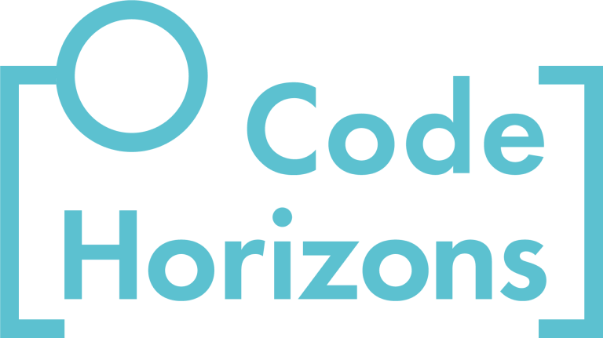Analyzing Text Data Using Sentiment Analysis: A Short Course
An 8-Hour Livestream Seminar Taught by Marcus Mann, Ph.D.
In just 8 hours (over 2 days), you will learn various approaches to analyzing sentiment in text, when to use each, and how to report your findings to your audience.
Sentiment analysis has long been an invaluable tool for business and academic researchers interested in identifying and measuring positive and negative emotion in text. Whether trying to analyze online reviews of a new product or how political partisans talk about their opponents on social media, these methods have allowed the quantification and clear communication of these qualities in large text corpora. More recently, ‘sentiment analysis’ has evolved to incorporate any method that uses pre-existing ‘dictionaries’ of words to deductively extract meaning from texts – especially text collected from online digital trace data – using assigned scores relating to a variety of emotional and cognitive states.
This course is designed as an introduction to sentiment analysis for those with little or no experience in this area. Topics will include differentiating sentiment analysis from other text analysis approaches; basic methods of extracting, cleaning, and preparing text for analysis; introductions to popular text analysis dictionaries; and incorporating sentiment analysis results into regression and other frameworks.
Starting May 30, we are offering this seminar as an 8-hour synchronous*, livestream workshop held via the free video-conferencing software Zoom. Each day will consist of two 2-hour lecture sessions which include hands-on exercises, separated by a 30-minute break. You are encouraged to join the lecture live, but will have the opportunity to view the recorded session later in the day if you are unable to attend at the scheduled time.
*We understand that finding time to participate in livestream courses can be difficult. If you prefer, you may take all or part of the course asynchronously. The video recordings will be made available within 24 hours of each session and will be accessible for four weeks after the seminar, meaning that you will get all of the class content and discussions even if you cannot participate synchronously.
Closed captioning is available for all live and recorded sessions. Live captions can be translated to a variety of languages including Spanish, Korean, and Italian. For more information, click here.
More Details About the Course Content
This course will introduce you to ‘sentiment analysis’ by first offering several examples of how these methods have been used in research and business contexts and how they differ from other text analysis methods. After an orientation with these methods and what they are (and are not) capable of, you will be guided through several hands-on examples of how to prepare text data for analysis, how to run text data through sentiment dictionaries, and then how to incorporate results into regression or descriptive frameworks where results are contextualized for a specific audience.
You will also be introduced to a range of sentiment analysis dictionaries and taught how to search for and discover dictionaries for yourself so that you can use these tools as new research questions or new data prompt the need for new and different analyses.
At the end of this course, you will know:
- How sentiment analysis is different from other text analysis methods and when to use it.
- How to apply different sentiment analysis dictionaries to your data.
- How to prepare your text for analysis.
- How to incorporate results from sentiment analyses into broader analytical frameworks.
- How to independently explore and use different dictionaries according to your emerging questions and needs.
Computing
To do the exercises, you will need a computer with the latest versions of R and RStudio installed. It is also highly recommended that you install the tidyverse library, which we will use for basic cleaning and wrangling of text data. You should come to this course with a basic understanding of coding in R but beginners should be able to follow along relatively well.
If you’d like to take this course but are concerned that you don’t know enough R, there are excellent on-line resources for learning the basics. Here are our recommendations.
Who Should Register?
This course is for anyone that is interested in learning sentiment analysis methods to derive insights from text data. Whether you are an academic that wants to mine text data to advance a research agenda or a business professional that wants to evaluate online consumer sentiment about particular products or experiences, this course is for you.
Outline
Day 1: Why sentiment analysis?
- What is sentiment analysis?
- When to use sentiment analysis methods as opposed to other (i.e., inductive) methods
- The universe of ‘sentiment analysis’ methods and how to choose an approach
- Cleaning/tidying text data
- Quantifying text: document-term matrices and term frequency-inverse document frequency (TFIDF)
Day 2: Doing sentiment analysis
- Sentiment analysis using well-validated dictionaries (e.g., LIWC2022)
- Sentiment analysis in R packages (e.g., Tidytext & Syuzhet)
- Visualizing dictionary scores using ggplot
- Incorporating sentiment scores into a regression framework
- Reporting your sentiment analysis approach and results to your audience
Reviews of Analyzing Text Data Using Sentiment Analysis
“I liked the clean and working R code and the supporting materials that were distributed for this course.”
Garth Rauscher, University of Illinois at Chicago
Seminar Information
Thursday, May 30 –
Friday, May 31, 2024
Daily Schedule: All sessions are held live via Zoom. All times are ET (New York time).
10:30am-12:30pm (convert to your local time)
1:00pm-3:00pm
Payment Information
The fee of $695 includes all course materials.
PayPal and all major credit cards are accepted.
Our Tax ID number is 26-4576270.

 Back to Public Seminars
Back to Public Seminars